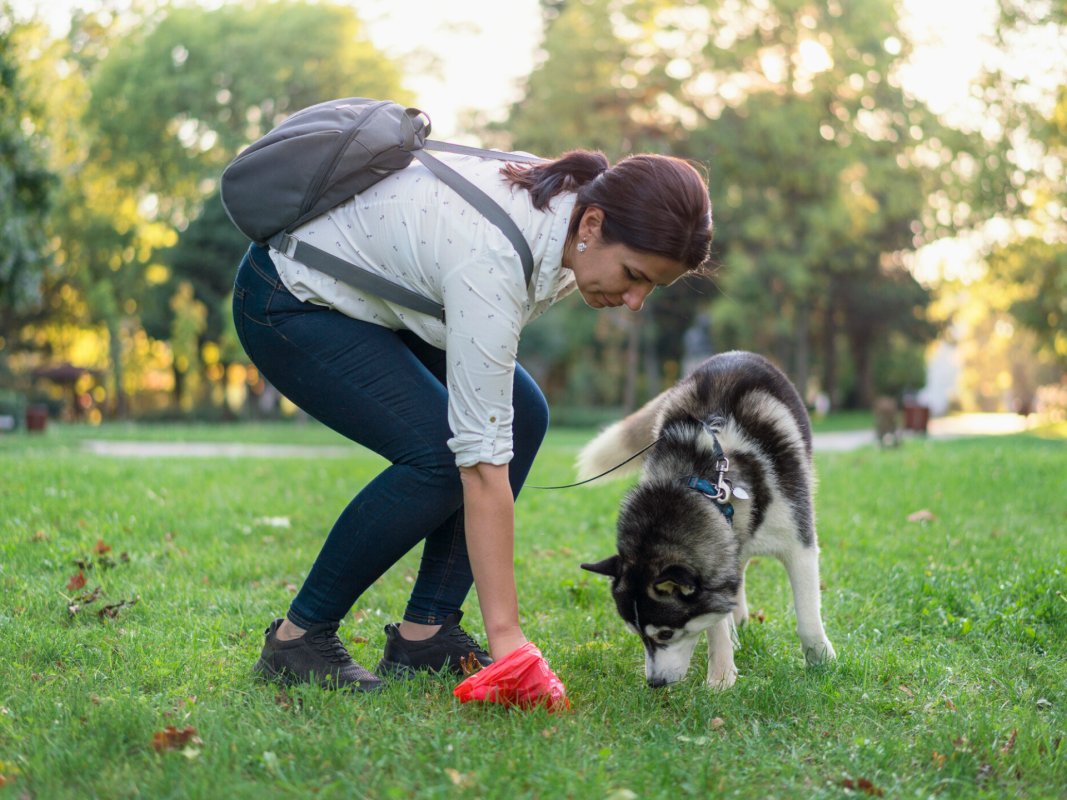6 Strange Signs Your Dog's Waste Reveals About Their Health

Understanding Your Dog’s Stool: A Vital Health Indicator
When you take your dog for a walk, it's easy to overlook the small details that can reveal a lot about their health. However, paying attention to your dog’s stool can provide crucial insights into their well-being. While it might seem unusual to focus on this, it's an essential part of monitoring your pet's health and catching potential issues early.
Key Factors to Observe in Your Dog’s Stool
There are several aspects of your dog’s stool that you should be aware of:
Color
The color of your dog’s stool can indicate various health conditions: - Green: This may suggest gallbladder problems or the consumption of green dyes or plants like kale. - Yellow: Can signal liver disease due to a lack of certain chemicals from the gall bladder. - Black: Often indicates bleeding in the upper intestine, as the blood becomes digested and appears black. - Red: Fresh blood usually comes from the rectum or colon, but artificial red dye in food can also cause this. - Pale Brown: A sign of liver disease if there is not enough bile to properly digest food.
Consistency
The consistency of the stool can vary based on diet, eating habits, stress, and underlying health issues: - Loose stools: Usually the first sign people notice when something is wrong. - Dry and hard stools: May occur when switching to a whole-food diet, which is typically meat-based with fewer carbohydrates. - Greasy stools: Suggests the dog isn't digesting fat properly. - Chalky stools: Could mean the dog is consuming bones or other indigestible materials. - Mucus in the stool: Often indicates an infection or irritation in the lower bowel.
What Abnormal Stool Can Tell You About Your Dog
Abnormal stool can provide valuable information about your dog’s health:
-
Diet and Digestion: The first thing the stool tells you is about the dog’s diet and how well it's being digested. Some dogs may have abnormal stools when transitioning between foods, while others have a strong digestive system that handles any diet well.
-
Bleeding in the Intestine: Black, tarry stools may indicate internal bleeding, while red blood in the stool suggests bleeding from the rectum or colon. It's important to check for parasites, which can affect both your dog and your family.
-
Parasites: Certain parasites like coccidia and Giardia can irritate the bowel and lead to mucus in the stool. These are treatable, but early detection is key.
-
Organ Function: Monitoring the stool can help assess the function of internal organs such as the liver and pancreas through blood tests.
-
Microbiome Health: An unhealthy microbiome can lead to soft, difficult-to-clean stools. This is often linked to dietary imbalances or poor digestion.
-
Infections: Infections from eating garbage can cause foul-smelling, loose stools. These infections can disrupt the normal balance of bacteria in the gut.
Observing Your Dog’s Behavior
It's also important to note how your dog behaves when passing stool. If they strain after eating a meat-heavy meal, it might be normal. However, if this happens frequently, consider adjusting their diet to include more fiber.
Taking Action When Stool Appears Abnormal
If you notice any changes in your dog’s stool, the best course of action is to collect a sample and bring it to your veterinarian. While some abnormalities can be identified during a routine exam, others may require further testing. Early detection can significantly improve your dog's quality of life and speed up recovery.
By staying attentive to your dog's stool, you're taking a proactive approach to their health. This simple habit can make a big difference in identifying and addressing potential health issues before they become serious.
Post a Comment for "6 Strange Signs Your Dog's Waste Reveals About Their Health"
Post a Comment